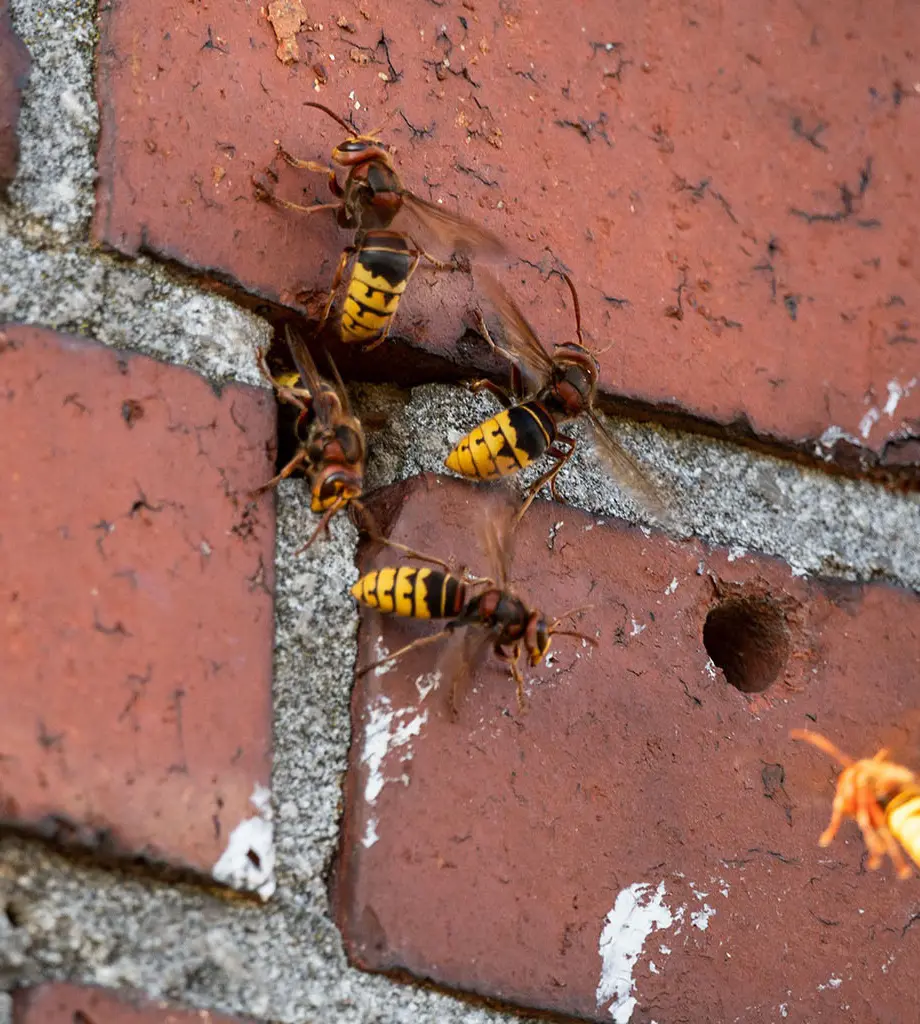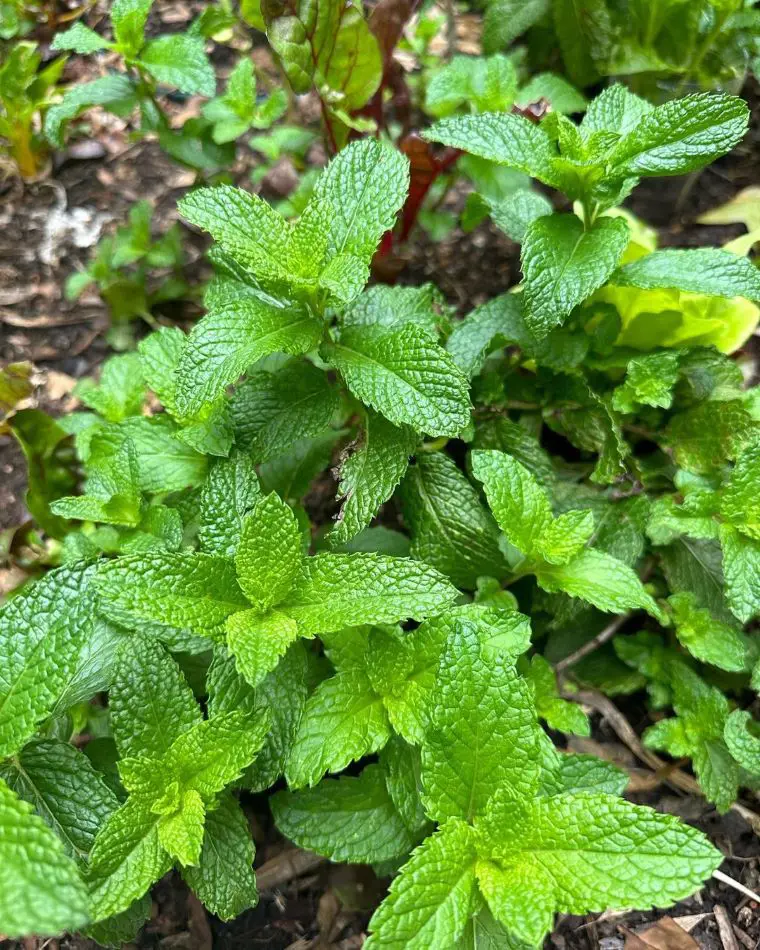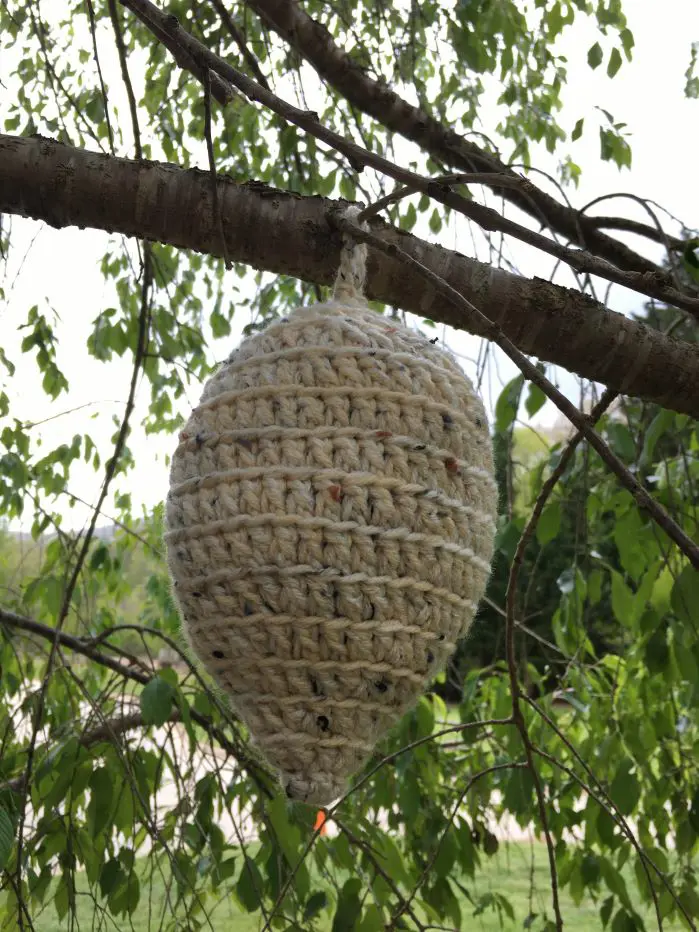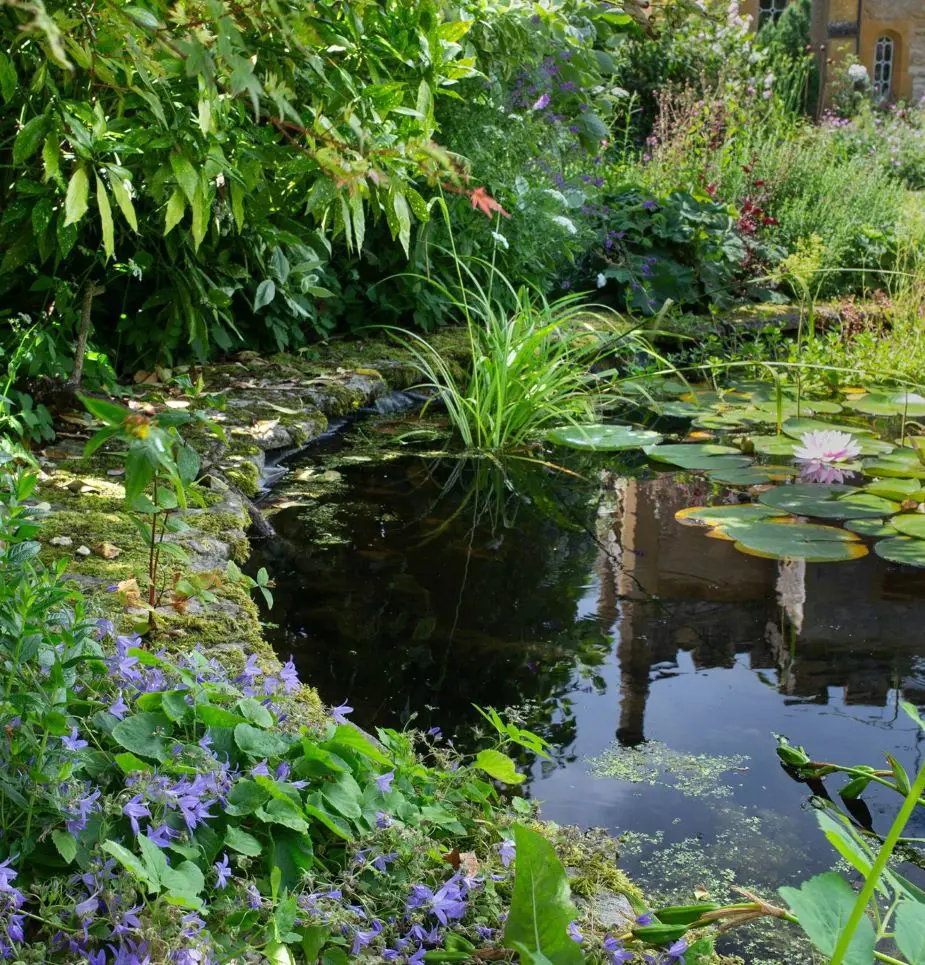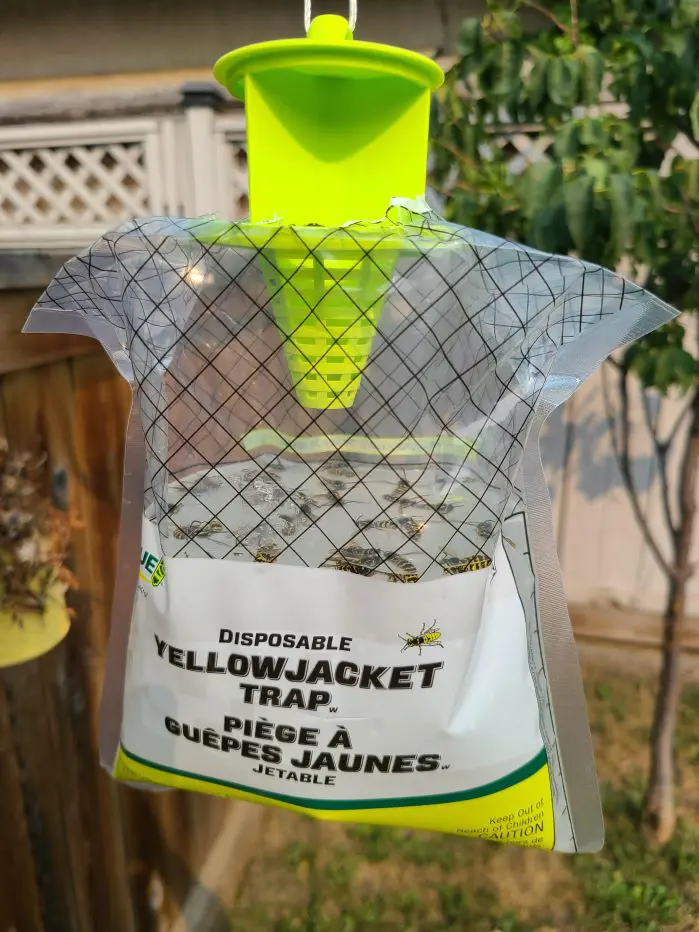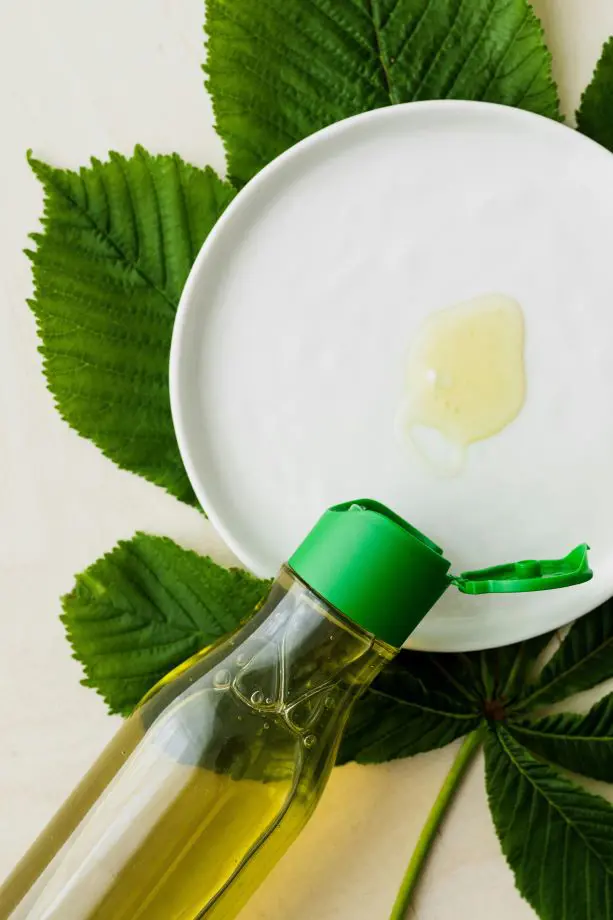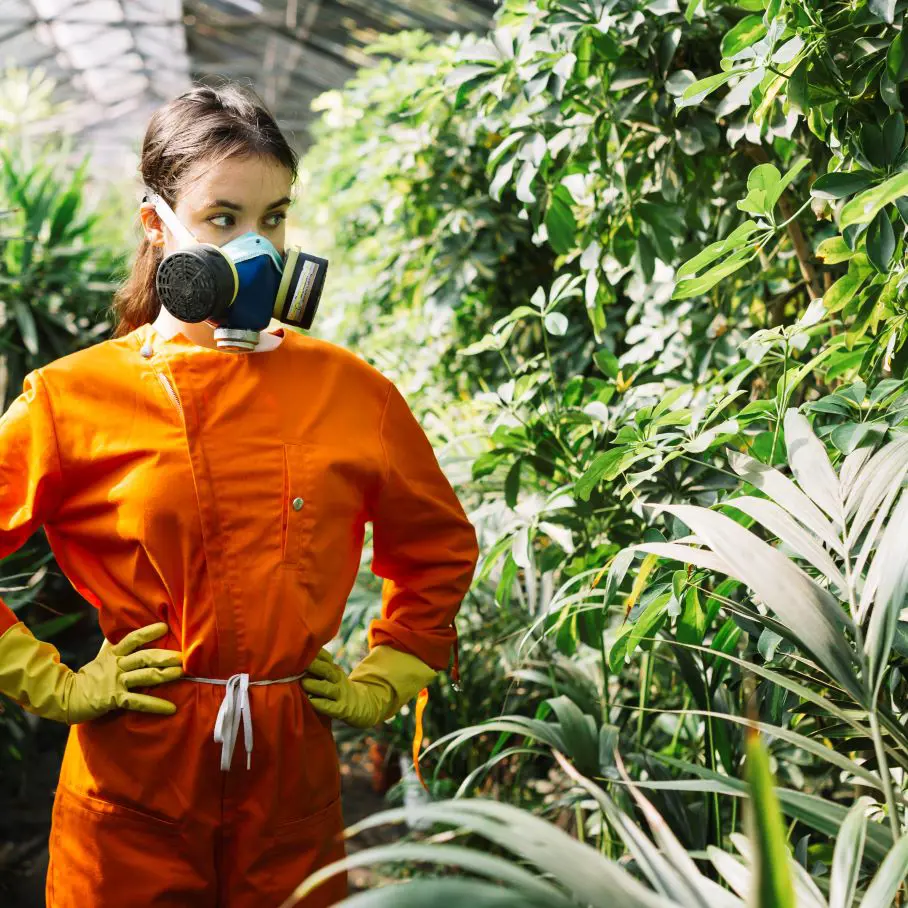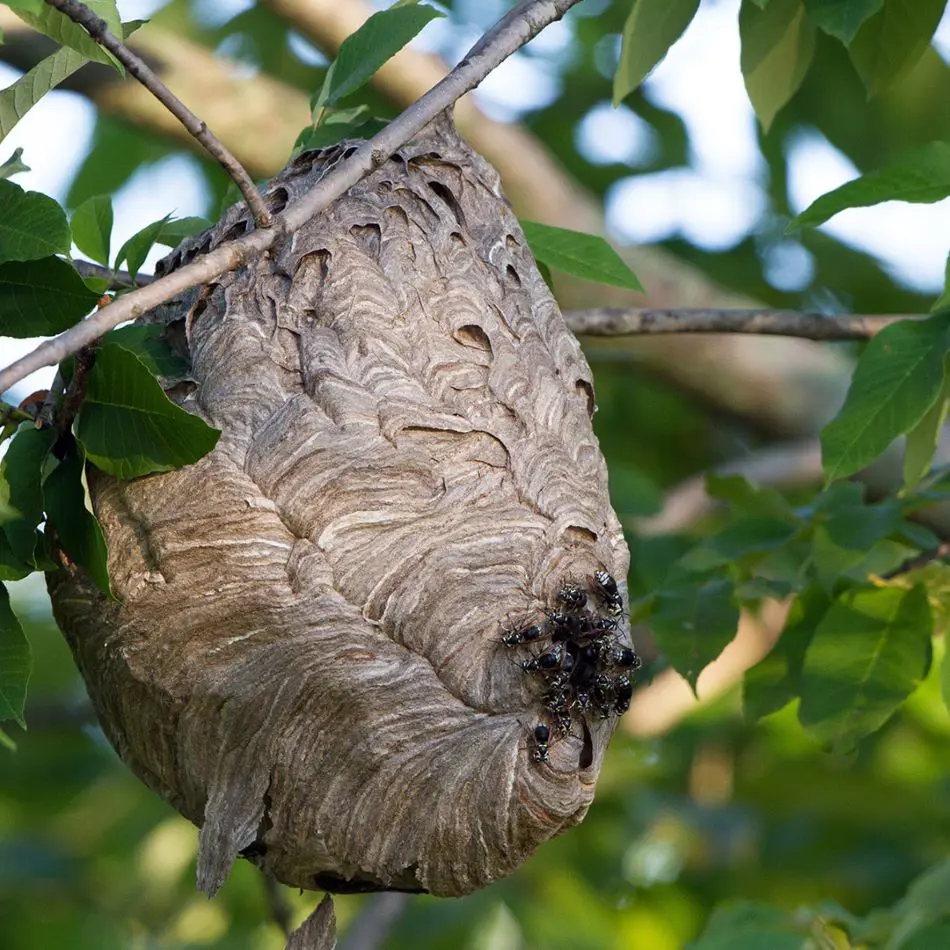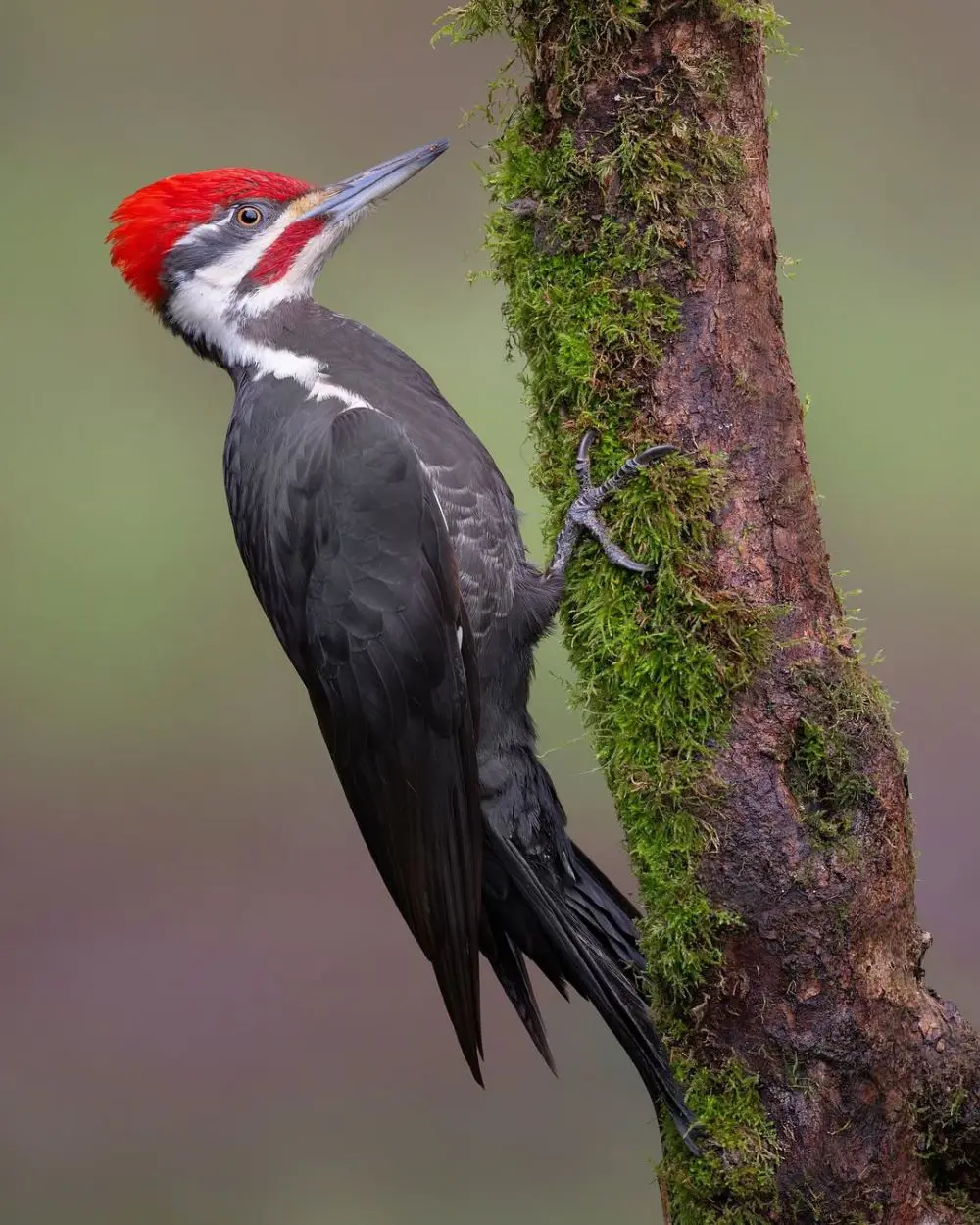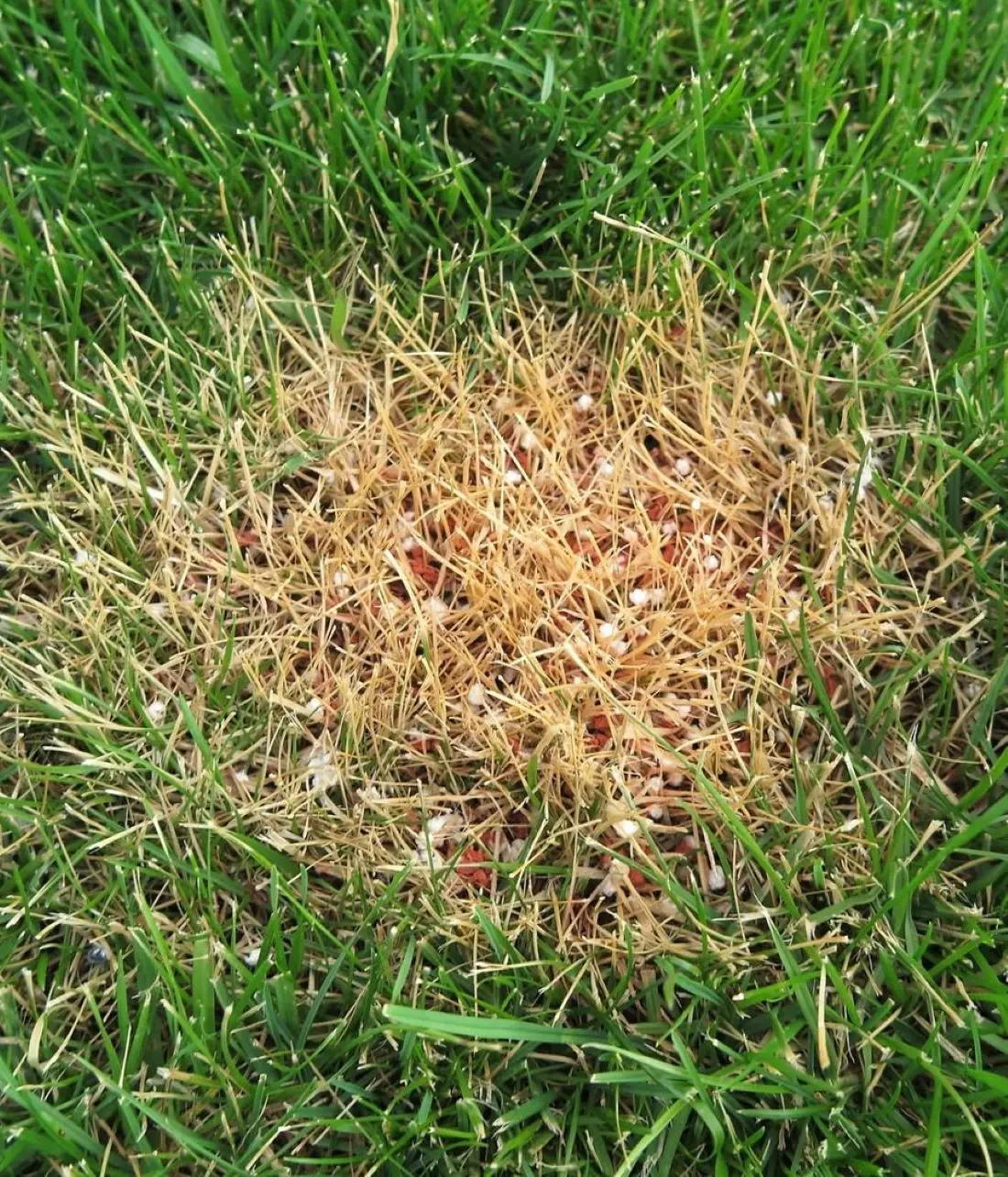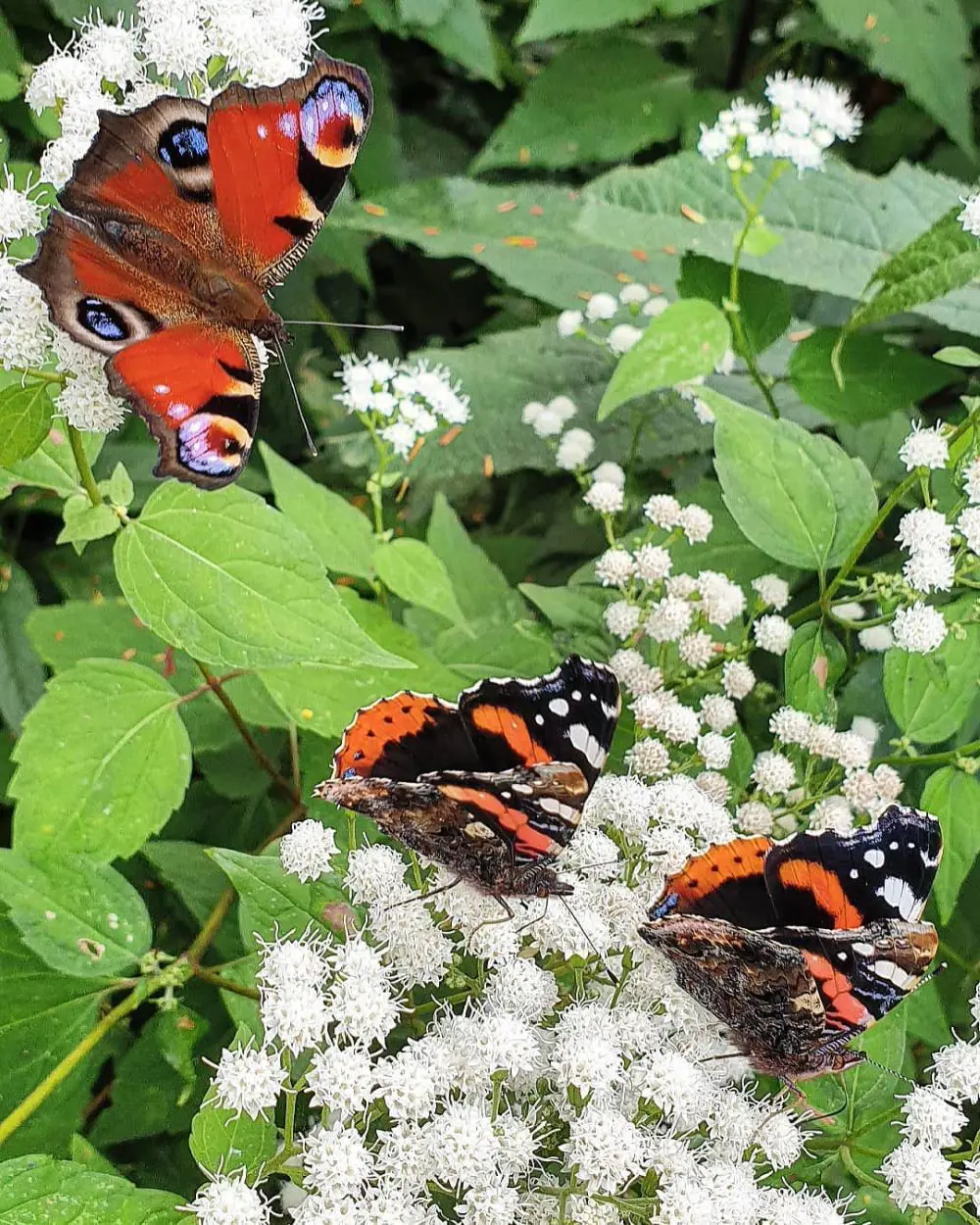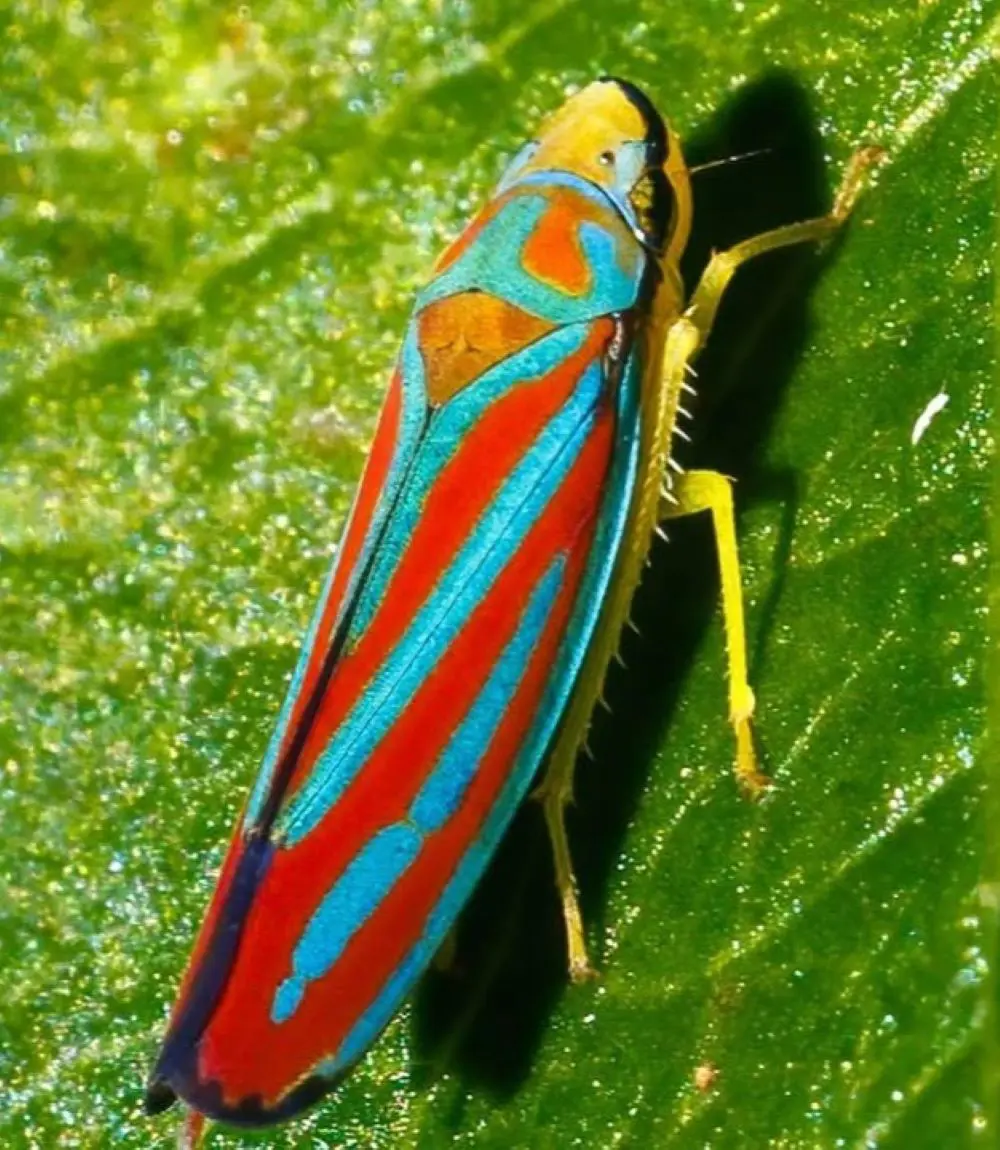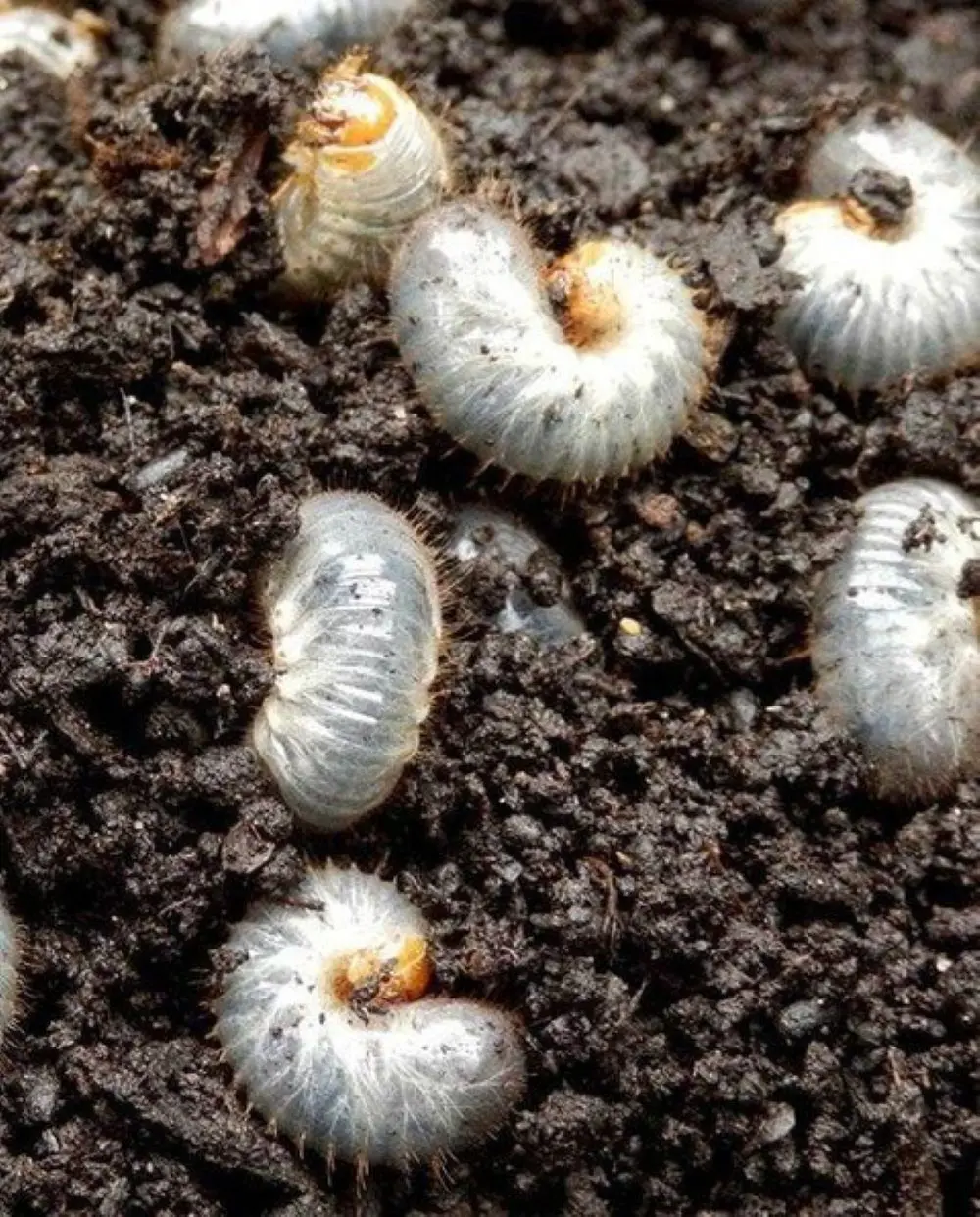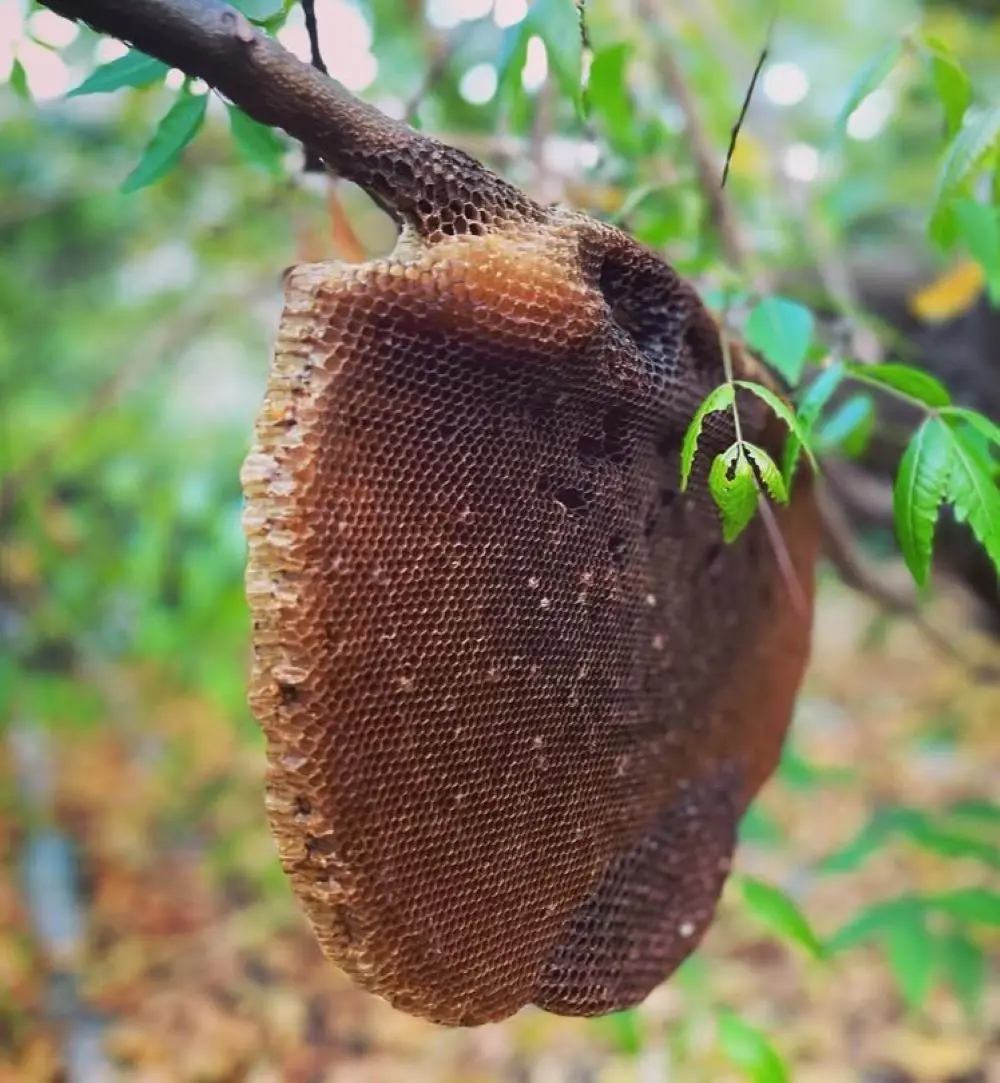Yellowjackets
• Appearance: Yellowjackets have robust, black-and-yellow striped bodies and are often mistaken for bees.
• Behavior: They are highly aggressive, especially when their nest is disturbed, and can sting multiple times.
• Nesting: Yellowjackets typically build their nests underground, in wall voids, or in other enclosed spaces. Their nests are made of a paper-like material but are generally hidden from view.
• Diet: They are scavengers and predators, feeding on sugary substances like fruits and nectar, as well as proteins such as insects and carrion.
Paper Wasps
• Appearance: Paper wasps are slender with long legs that dangle as they fly. They have a more varied coloration, often brown with yellow markings.
• Behavior: They are less aggressive than yellowjackets and usually only sting in self-defense or when their nest is threatened.
• Nesting: Paper wasps construct open, umbrella-shaped nests that hang from horizontal surfaces like eaves, tree branches, or window frames. These nests are also made of a paper-like material but are more visible.
•Diet: They primarily feed on nectar and other insects, making them beneficial for controlling garden pests.
Key Differences
• Aggressiveness: Yellowjackets are more aggressive and likely to sting multiple times, whereas paper wasps are generally less aggressive.
• Nesting: Yellowjackets build concealed nests in enclosed spaces, while paper wasps construct visible, open nests.
• Appearance: Yellowjackets are stockier with more pronounced black-and-yellow stripes, whereas paper wasps are more slender with varied coloration.
